Portrait photography is one of the most popular types of photography, as we are naturally interested in other people. That said, we live in the age of the spontaneous and staged “selfie”. Does portrait photography still have a reason to be when everyone is pointing their phones at themselves anyway?
That question can be answered definitively by observing one good portrait photograph and comparing it with any selfie you care to select from the millions on social media. Selfies are artistically something less than self-portraits.
Taking photos of people is a great way to expand your photography skills, particularly as people are everywhere, and generally enjoy looking at photos of themselves. Everyone’s a winner – if you do it well!
You need just two things to get started in portrait photography: a camera, and a subject. The subject will usually be another person, but could be your sweet self, or even pets such as cats and dogs.
What is portrait photography?
Whether you’re taking a photo of one person, or a group of people, portrait photography is defined as capturing something of the character of a subject . It can also include pets and other animals. A good portrait should reveal something of the identity, or even an attitude in the person photographed.
We’ll take you through what makes a good portrait, and the different types of portrait photography.
What makes a great portrait photo?
- Framing and composition
- Fun – enjoy it!
- Focus – on the eyes!
- Light and location
- The subject
- Candid moments
We’ll cover these topics in more detail, plus some accessories that can help you along the way.

Framing (and composition)
The “rule of thirds” is a great alternative to shooting the subject in the centre of the frame. Look out for distractions in the background, and move around till you have found the most pleasing framing. Work with the subject to try different positions, and see which works best.
Have Fun!
Capture the subject’s character, emotion, or a moment in time and you’ll have captured something great, or even true to who the person is, be they serious or silly. It’s important to enjoy photography – if you have fun while doing it, then natural spontaneity and presence in the moment will make for some great portrait photography.
FOCUS – on the eyes!
It’s natural to look at someone’s eyes when talking to someone, and it’s the same with portraits. We are drawn to the eyes. It’s important – make that essential – to get the subject’s eyes in focus.

It is disconcerting to see photos of people with eyes out of focus. With very shallow focus, it’s possible that only one eye will be in focus, but this can still give a pleasing image.
Light (and location)
Light can make a huge difference to how a photo turns out, and can literally make or break a shot. Have great light, and you’re likely to get a great shot, but have bad lighting, and you’ll struggle to produce a good result.
We’ll mention lighting several times when we’re talking about portrait photography, as it’s so important to the process, and this is where a reflector, LED lighting, or flash/studio lighting can really help to produce impressive shots.
Your location for the photoshoot also plays a big part in this, as some places have great lighting, and some don’t. It’s an optional tool to be aware of.
If you’re planning on using natural lighting, then have a look at our guide to capturing stunning portraits in natural light.
The subject – People
A great place to start is with friends and family, but if you don’t yet have the confidence to try this, then start with yourself with self-portraits (details below). Practice different camera setups, different lenses (if you have them), different lighting and locations.
Perhaps the most important aspect of the portrait is the person in the photo – it’s your job to capture them.
Working with people and capturing their essence can be difficult, as some people freeze as soon as a camera is pointed at them. This is where your relationship with the subject(s) matters. The more relaxed you are, and able to create a relaxed environment, then the more your subject will feel able to be themselves. Sometimes adding music can help with this.
If you’re able to capture them in a flattering pose, or in an image that makes them look better than anyone else has made them look, then they’ll come away loving your photographs. If working with a model, then don’t forget to complete a model release form. Trust us, it will save any potential issues further down the line, and means that you have the rights needed to use the image.
What about bokeh and backgrounds?
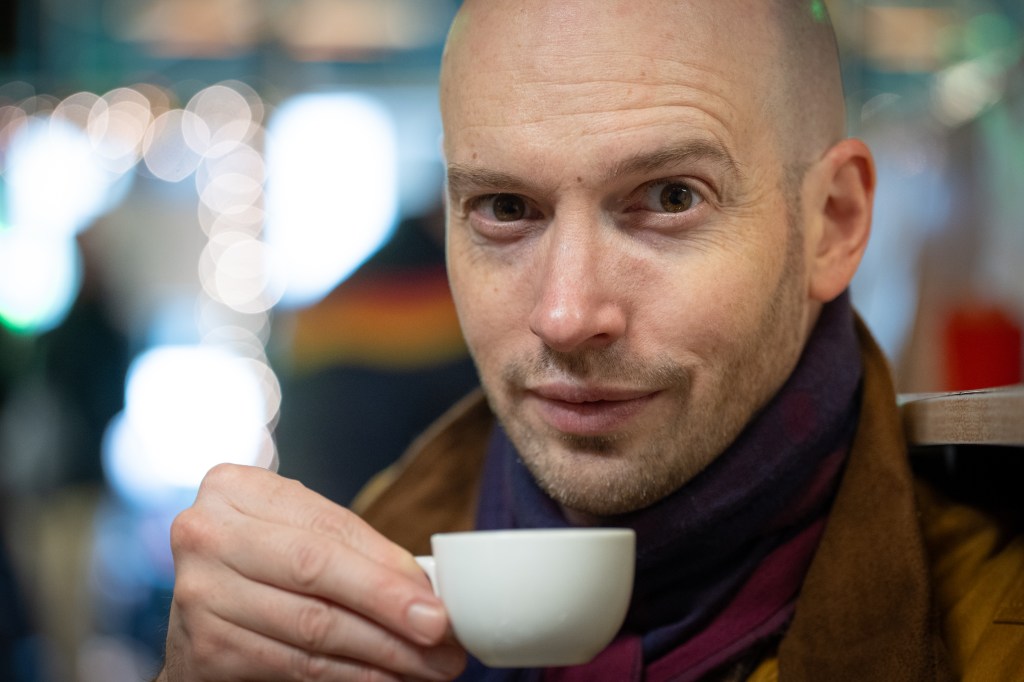
Note in all of the above, we haven’t mentioned the B word? Bokeh… because yes, bokeh and background blur can help you create a portrait that pops out from the image – but it isn’t everything. It’s certainly often utilised in portrait photography, while other genres have other priorities for their backgrounds.
However, if you do want to play with background blur, then using a lens with the aperture set wide “open” will help here, with f/1.8 giving a more blurred background than f/2.8 or f/4 would. If you’re looking for a starting point on the kind of lens you might need for portrait photography, have a look at our guide to portrait lenses.
What about editing? Colour or black and white?
Colour, or black and white? You decide. Whether you produce colour or black-and-white images will be up to you, and the look you want to give. We’ve got a guide to black-and-white portrait photography here.

Editing is another thing – this can turn a 30-minute shoot, into a 3-hour shoot, particularly if you need to edit every photo, and one of the reasons why people always talk about getting it right in-camera. We discuss editing in more detail below.
Candid portraits vs posed portraits

There’s nothing wrong with posing for a photo, but capturing spontaneous and unposed candid moments is another way of approaching portrait photography that can really elevate your portraits and say something about your subject’s personality. A good way to do this is by photographing your subject in a place they’re comfortable in or with props that mean something to them.
What are the main types of portrait photography?
There are a number of different types of portrait photography, and whilst they aren’t hard and fast rules, it can be useful to find out more about the different types, particularly if any of them appeal to you more than others, as then you can go on to learn more about them, and improve your photography skills in each area.
1. Traditional Style Portrait
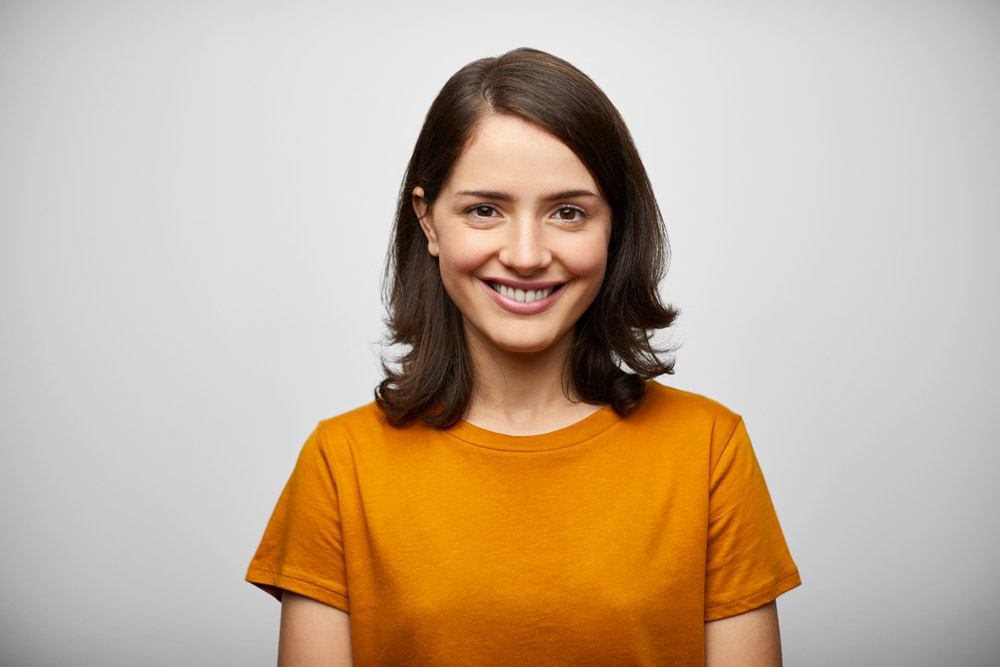
The traditional portrait or “headshot” is predominantly shot in a studio where you have complete control over the lighting and backgrounds, with studio flash you can use smaller apertures, get more of the subject in focus and produce beautifully crisp, sharp and detailed photos.
You will then need to edit the images to remove any blemishes or spots, depending on the planned use of the image. If you’re shooting for fashion or portraits of models, then each person may have different needs and expectations of how much editing or retouching they want to happen to the image.
If you’re not a fan of editing and want to capture subjects “warts and all” then make sure you let them know beforehand. Follow this link if you’re wanting to know more about how to take beautiful portraits (and edit them).
2. Lifestyle / natural / environmental portraits
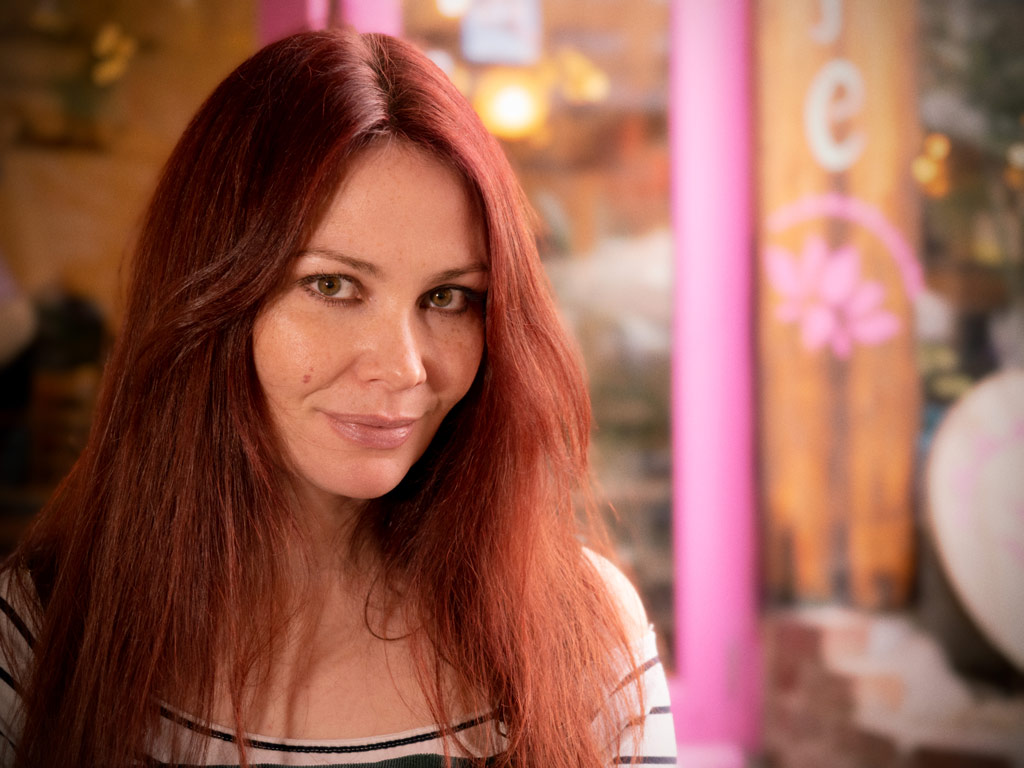
Capturing the subject in their own natural environment, living their life – this could be genuine or posed to portray a certain “lifestyle” and can give an image more character and interest than simply using a blank background. However, one of the biggest challenges of shooting in the subject’s natural environment, particularly outdoors, or indoors, is relying on either the sun (which may not show up or might be too harsh) as a light source or the ambient lighting in a room.
This is where a few simple accessories can come in, and be particularly useful to add in some additional lighting, whether that’s a small reflector or LED lighting. You may need to be flexible, and be prepared to work with potentially distracting backgrounds, or move around until you’ve found the best location or the best lighting conditions. If you’re happy to travel, this can be a fun way to explore your local area, and find new places to photograph.
3. Group portraits – Family/group/couples/friends
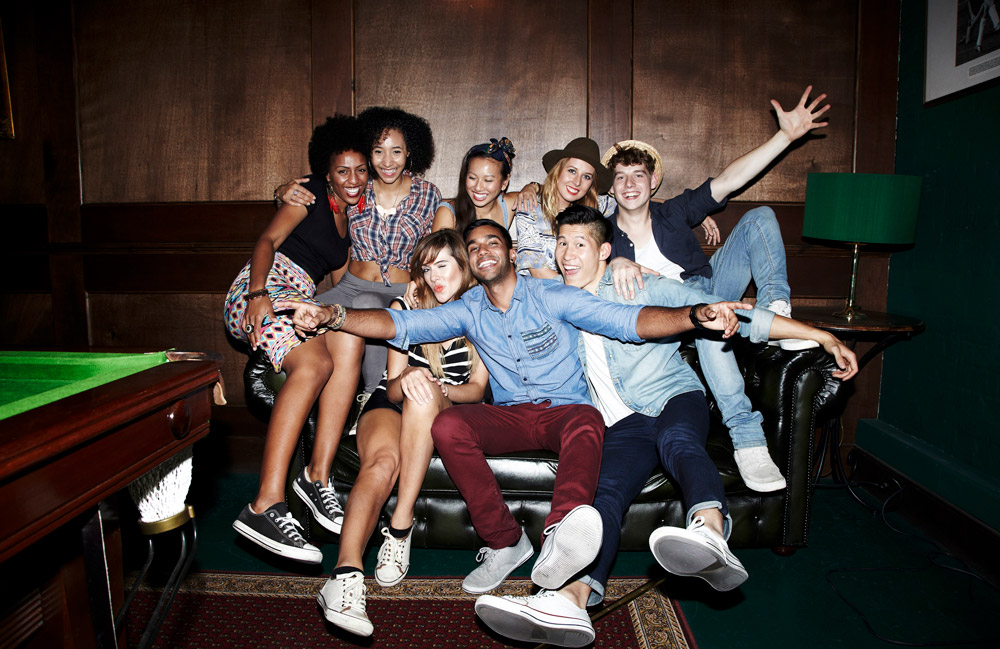
Want to know what makes a group portrait? As soon as you’ve got more than one person in the shot, you’re now taking a group portrait. You’ll find that couples, families, colleagues and groups of friends love being in photos together. Some may naturally get together and position themselves in a natural form, but most likely you’ll need to guide them to ensure they position themselves in the best possible manner.
In many ways, many of the guides to taking great portraits also applies to group portraits, but instead of simply keeping one pair of eyes in focus, you now need to keep all subjects in focus, and for this, you may need to adjust the aperture to f/4 or more. It’s also a good idea to take multiple shots, just so you can make sure no one is blinking.
Read our guide to shooting family portraits here.
4. Event portraits and event photography
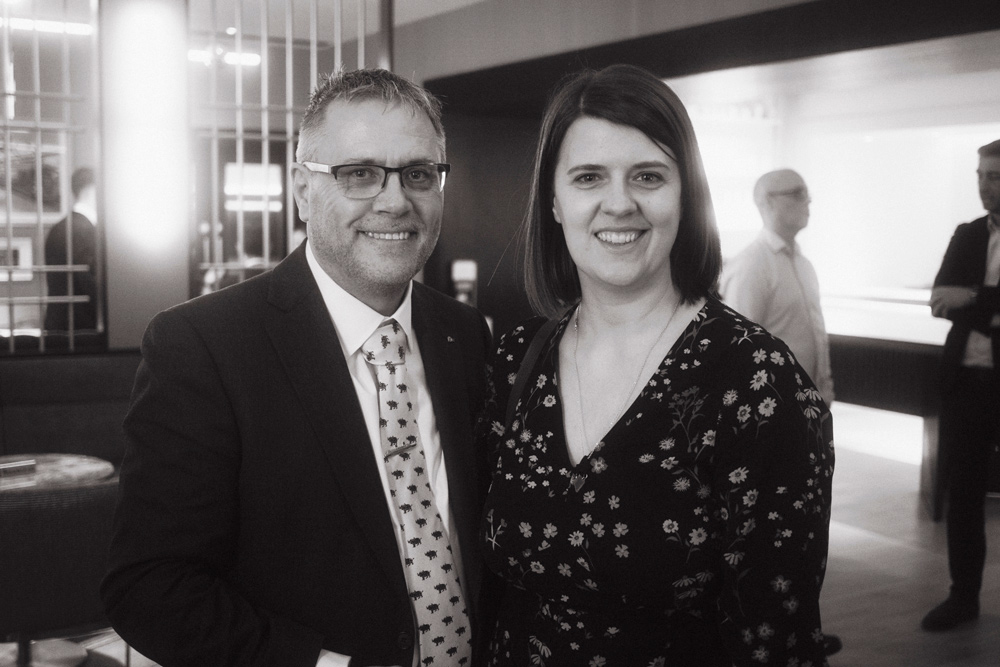
Events can be fun, but can also be hard work. If you’re relying on additional lighting, such as a flashgun, make sure your battery is fully charged, and the same is true for your camera. Make sure you have spare batteries. If you’re photographing people at an event, whether that’s a party or an awards ceremony, you often have one chance to get the shot. You won’t be able to stop an awards ceremony and ask people to wait while you change your battery!
You’ll also need to be aware of the lighting conditions, and bring additional lighting just in case. In this shot, photographing people at an “after party” following an event, the lighting was mixed, but good enough to give good images of people. In other venues, the lighting could have been too dark to shoot without the use of flash or LED lighting.
See our guide to events photography.
5. Self-Portrait or “Selfie” portraits

If you’re shy in front of the camera, and not too keen when other people try and take photographs of you, then why not take some self-portraits, so you are in control of the full process?
Set up your camera on a tripod, and if your camera lets you remotely control it, then you can start taking photos of yourself. Alternatively, you could use the camera’s self-timer feature, or use a remote-release cable.
However, one of the best ways to do this, is to use the camera’s remote-control app, connecting to the camera’s Wi-Fi, and then you can see yourself on your smartphone while you take the photo(s). This way you’ll be able to find your best angle, your best look, and find the best lighting for the shot.
You’ll find some self-portrait inspiration from Barbara Farkas who used self-portraits to raise environmental issues.
6. Festivals and music portraits

Festivals are a wonderful place to take photos of people – there are often plenty of characters, and many people put a great deal of effort into fancy dress, they’re also often quite happy to have their photos taken. If you enjoy this type of photography and can produce lots of great photos, you may even find this is a potential area for work.
Another type of portrait photography you can practise at festivals is live music photography, along with band photography, with band members making for great photography subjects. Expect challenging lighting conditions (indoors or when the sun sets), plus lots of potential distractions from the subjects, whether that’s microphone stands, other people or random objects in the background.
If music photography is your “gig” then have a look at our guide to music photography.
7. Documentary Photography
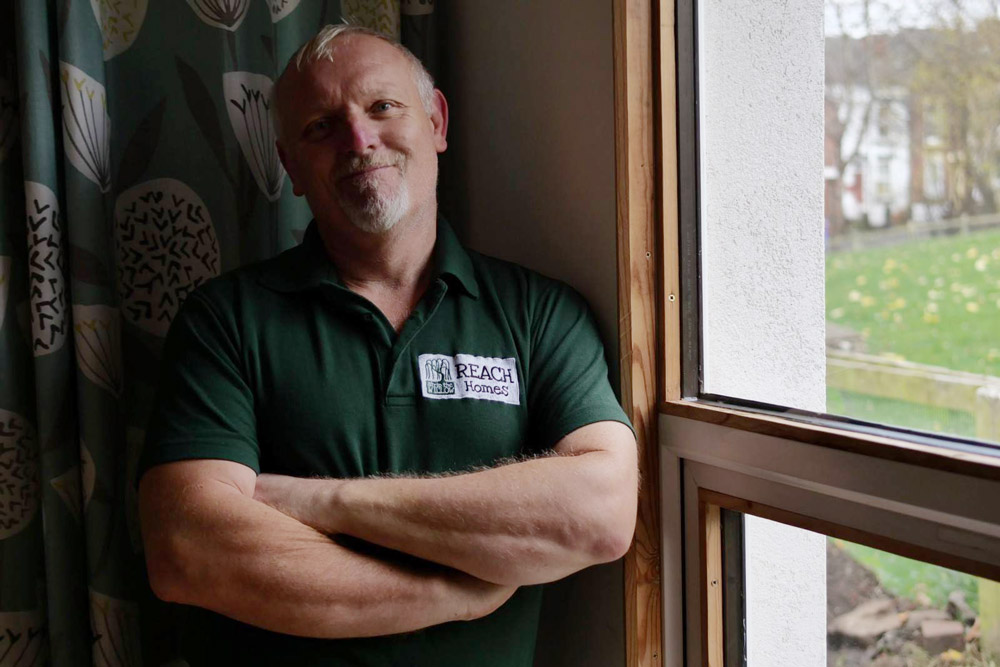
This is a fantastic way to meet people in your community or your neighbourhood. You could start a project documenting your neighbourhood, community projects, or even just your neighbours. There have been several projects like this, during lockdown for example, and it’s a fantastic way of building community, as well as including people who might not normally have portraits taken of themselves.
Documentary photography, due to its core purpose being to document something, has a lot in common with photojournalism or news photography and you can use to it to highlight a current issue, or bring to light some of the unseen parts of the world. If it’s something newsworthy, then it could end up in the news.
You could also combine it with Street Photography (more on this below), and simply capture the people and events that are happening around you. If you take your camera with you everywhere you go, you never know what you might capture.
You’ll find some documentary portrait inspiration from Alicia Vera’s photo story on loss and coping with her mother’s Alzheimer’s diagnosis.
8. Wedding Portraits
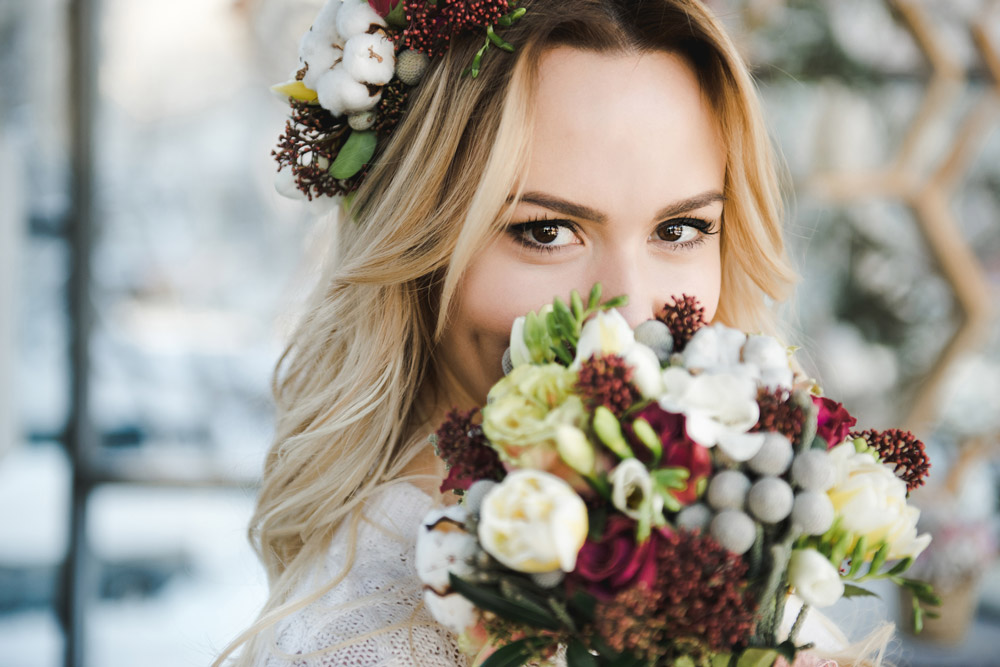
Wedding photography is a potential money earner with many photographers specialising in wedding photography. This type of photography can be a great place to create some beautiful-looking images, but with it comes the pressure of having to get it right the first time.
There are no do-overs with wedding photography. If you’re the primary photographer, it’s your job to get it right on the day, with no room for mistakes or problems with camera equipment.
If you’re a guest at a wedding, it can be a fun place to take some candid portraits, and casual shots, as long as you don’t get in the way of the main photographer!
9. Street Portrait Photography

If you enjoy people-watching and live in a relatively populated area, then this could be a great photography genre for you, and it almost goes without saying that Street Photography is about people.
Take your camera with you everywhere you go, and you might just catch a beautiful moment between two people, or an interesting character or person on the street. We’ve got lots of great tips on street photography, including a guide on what you need to know regarding the law and street photography.
10. Editorial Photography

Editorial photography is photography used to support the text in a newspaper, book or magazine, be it in print or online. As such, it overlaps with practically every photography genre.
After picking your genre: fashion photography, lifestyle stock images and photojournalism are three big areas in editorial photography, doing some research on publications and the type of portraits they publish as well as creating a portfolio of editorial portraiture is a good place to start.
11. Pet portrait Photography
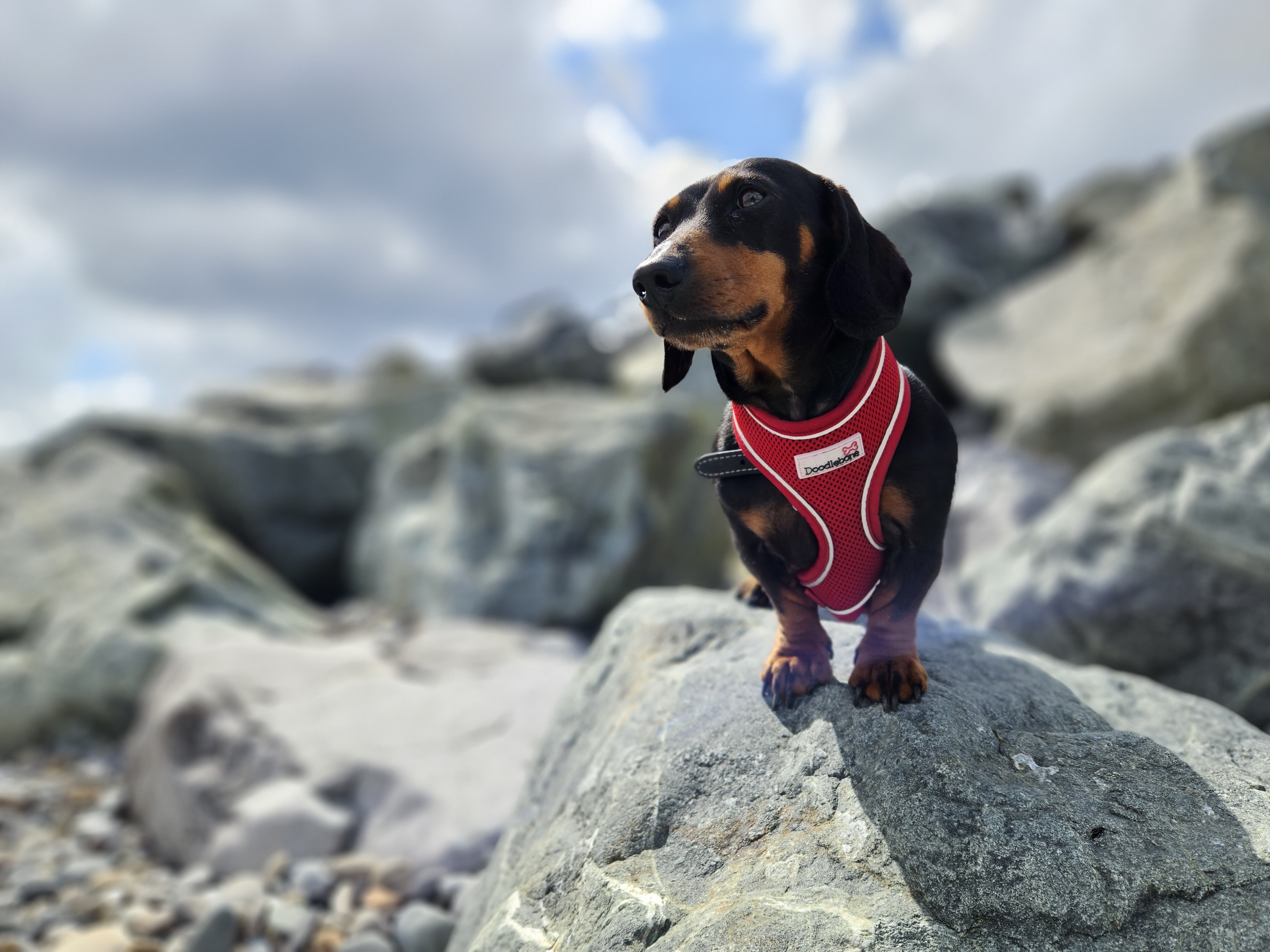
For millions of people around the world, no family is complete without a cat, dog or other pets. We lavish fortunes on our beloved pets, as well as our affections, so it’s only understandable that we’d want to photograph them too.
Whether you’re planning on photographing your own pet or someone else’s, check out our guide to photographing pets to find out more on how to get great shots.
Taking portraits with your smartphone

Smartphones can be particularly good for capturing candid portraits of friends and family that happen with no notice. But you can also treat your smartphone just like any other camera and set out with a dedicated portrait session in mind. For those who haven’t got portrait gear already, it’s a good way to give the genre a go without picking up specialist equipment.
Most modern smartphones today have some kind of portrait mode, which is designed to mimic the effects of shooting with a wide-aperture lens. The results from these modes, powered by clever AI and algorithms, have become ever more impressive. A lot of smartphones also have full manual modes, which is useful too. Most high-end smartphones also include short telephoto lenses, giving you a close approximation to shooting with something like a classic 50mm or 85mm optic.
Have a look at the best smartphones for portrait photography, and how to take amazing portraits on a smartphone.
But wait, there are more portrait photography types… click these links to find out more:
- Fine Art Portrait Photography
- How to take better Pet portrait photography
- Surreal portrait photography
The AP Improve Your Photography Series – in partnership with MPB – is designed to take you from the beginnings of photography, introduce different shooting skills and styles, and teach you how to grow as a photographer, so you can enjoy producing amazing photography (and video), to take you to the next level, whether that’s making money or simply mastering your art form.
Find the latest Improve Your Photography articles here.
Follow AP on Facebook, Twitter, Instagram, YouTube and TikTok.







